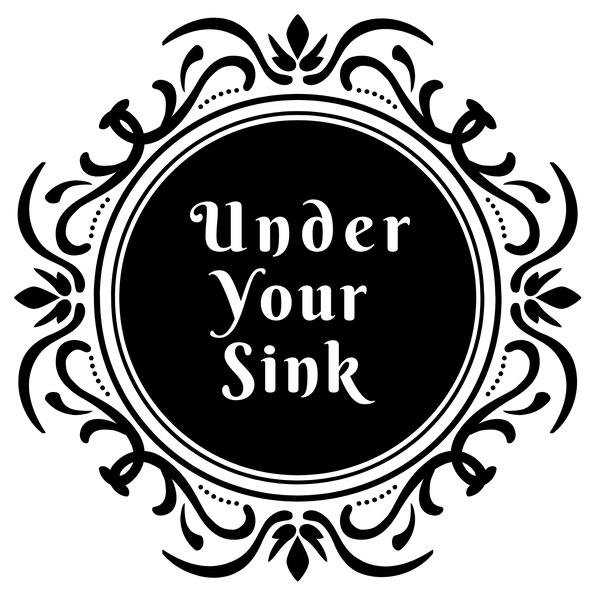
Why You Don't Mix Vinegar And Bicarb
That means steering clear of the bicarb-vinegar combo! Mixing them simply neutralizes each other, resulting in salty water and all that fizz you see. Instead, harness the power of each individually to build a team of potent cleaners that deliver results!
The importance of pH
Understanding pH is key, The pH scale measures acidity or alkalinity, ranging from 0 to 14, with 7 being neutral. Your body thrives around this middle point. Cleaning products typically fall on either side: alkaline for detergents, laundry powders, and the like; acidic for fabric softeners, rinse aid, and certain cleaners.

Courtesy of https://study.com/academy/lesson/acidic-basic-neutral-solutions-determining-ph.html
As illustrated on the pH scale, Battery Acid sits at the extreme end, capable of causing severe burns, much like Drain Cleaner and Caustic Soda. Moving closer to these extremes means stronger but harsher cleaners.
Understand the pH of ingredients in our toolkit
To replicate the cleaning power of commercial products using safer alternatives, you must understand the pH of your green cleaning toolkit ingredients.

Percarbonate and Washing Soda are alkali and higher up on the pH scale, they pack a more robust punch, ideal for heavy-duty cleaning tasks.
Bicarb, Borax, and Soap are also alkali but fall within the mild-moderate range on the pH, suitable replacements for laundry powder and detergents.
Vinegar and Citric Acid are acids, located lower on the pH scale. They shine as effective green cleaning ingredients, excelling at rinsing and adding sparkle. They neutralize soap scum and remove hard water deposits.
Care should be taken at both extremes; their use does require some caution as they can etch porous surfaces like stone.
The Power of Two
In cleaning, the power of two – the wash and the rinse – reigns supreme. While the wash removes grime, the rinse neutralizes any leftover residue, leaving a polished finish. Remember, in your DIY cleaning endeavours, let acids and bases work as a team, but keep them separate. Life's simpler that way!
The 'wash' process can leave remaining product or soap scum - which is not nice. So, the 'rinse' cycle is intended to neutralise any of this leftover & leave a polished clean surface.
Now, if you’re in a lab & using more nasty ingredients that can withstand pH changes, then you may be able to mix your acids & bases to produce a certain result. However, at home, for DIY cleaning you don't need it!
Use your Acids & Bases as a team but don't mix them together.. Keep life simple :-)
